Ball Pythons, by nature, are not dangerous animals. Their reputation for being easy to handle and care for has made them popular among pet owners. However, it’s crucial to remember that even the calmest of creatures can pose certain risks if not cared for properly. Understanding their behavioral signs, such as “balling”, camouflaging, or even biting, forms an essential part of keeping them as pets. Now, let’s dive into how these behaviors come into play.
Ball pythons are not considered dangerous to humans. They are non-venomous, and their bites, though they may occur if threatened or hungry, are generally not life-threatening. With proper care and handling, they can be safe and gentle pets.
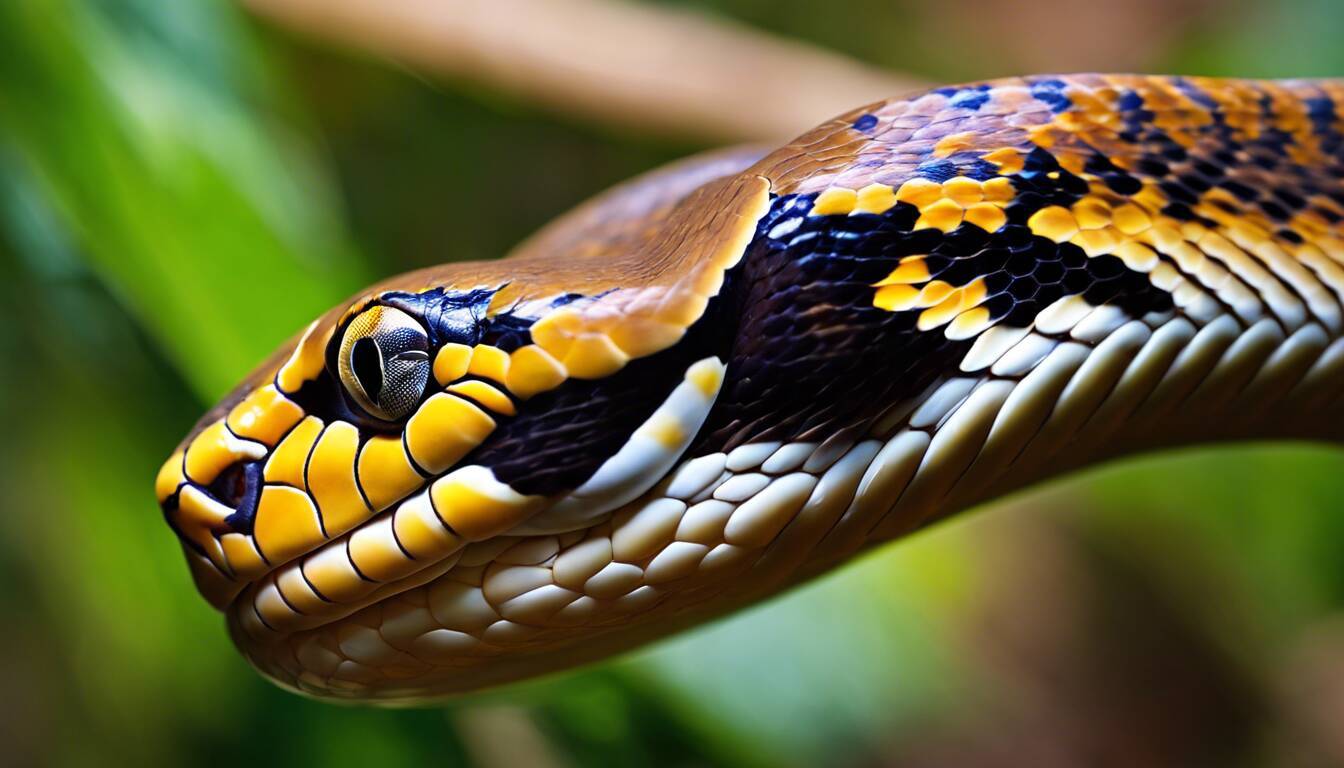
Ball Pythons, by nature, are not dangerous animals. Their reputation for being easy to handle and care for has made them popular among pet owners. However, it’s crucial to remember that even the calmest of creatures can pose certain risks if not cared for properly. Understanding their behavioral signs, such as “balling”, camouflaging, or even biting, forms an essential part of keeping them as pets. Now, let’s dive into how these behaviors come into play.
Ball pythons are not considered dangerous to humans. They are non-venomous, and their bites, though they may occur if threatened or hungry, are generally not life-threatening. With proper care and handling, they can be safe and gentle pets.
Are Ball Pythons Dangerous?
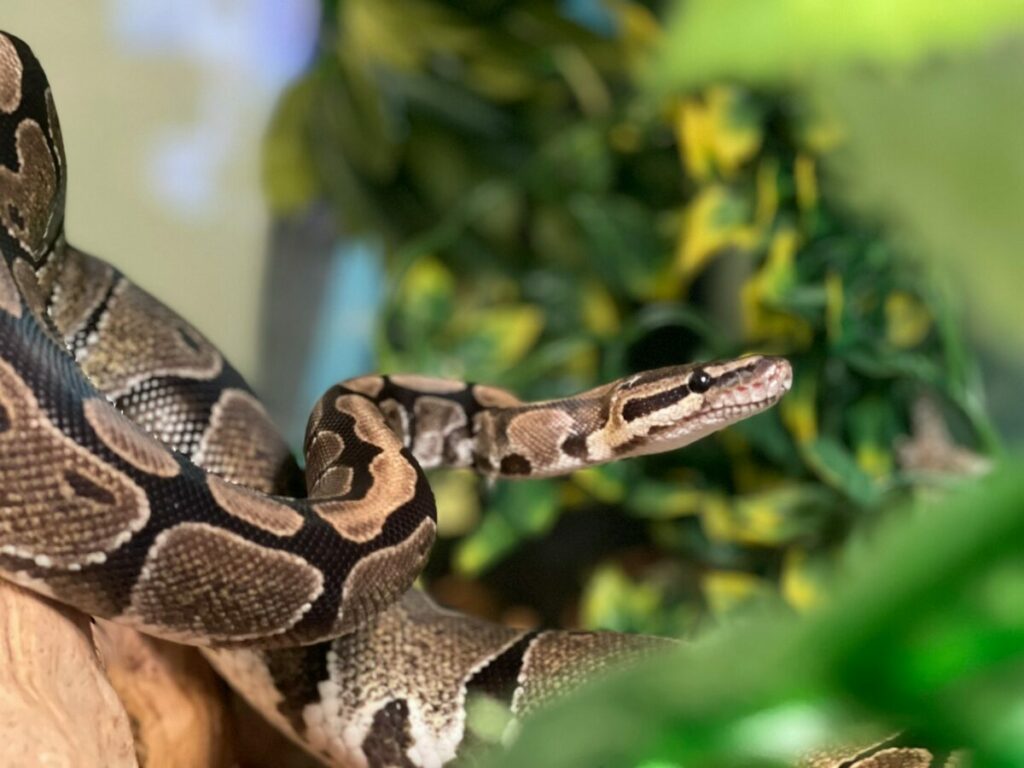
Ball pythons are generally known for their docile and non-aggressive nature. However, like any pet, proper care and awareness are essential for maintaining a safe environment for both the snake and its owner. While ball pythons are not inherently dangerous animals, there are factors that can contribute to potentially risky situations if not handled appropriately.
One aspect to consider is the temperament of individual snakes. Just like people, each ball python has its own unique personality, with some being more tolerant of handling than others. It’s important for owners to be observant and respectful of their pet’s behavior, as this can impact the safety of interactions. Understanding how to read a ball python’s body language is crucial in preventing mishaps.
For instance, a ball python that feels stressed or threatened may display defensive behaviors such as hissing, coiling into a defensive posture (also known as “balling”), or even striking if it feels cornered or scared. Being aware of these warning signs can help owners avoid potential confrontations and ensure a positive interaction.
Additionally, while ball pythons are not venomous, they do have small needle-like teeth that can cause minor puncture wounds if they bite. Typically, ball pythons will only bite if they feel threatened or hungry. It’s important for owners to handle their snakes gently and with care to minimize the risk of unnecessary stress that could trigger defensive behaviors.
While it’s important to understand the potential risks associated with handling ball pythons, proper knowledge and handling techniques can help mitigate these risks and create a safe and gratifying experience for both the owner and the snake.
In our next section, we’ll uncover the fascinating defense mechanisms employed by ball pythons to protect themselves in the wild.
See Related: Axolotls: How They Protect Themselves from Predators and Danger
Defense Mechanisms of Ball Pythons
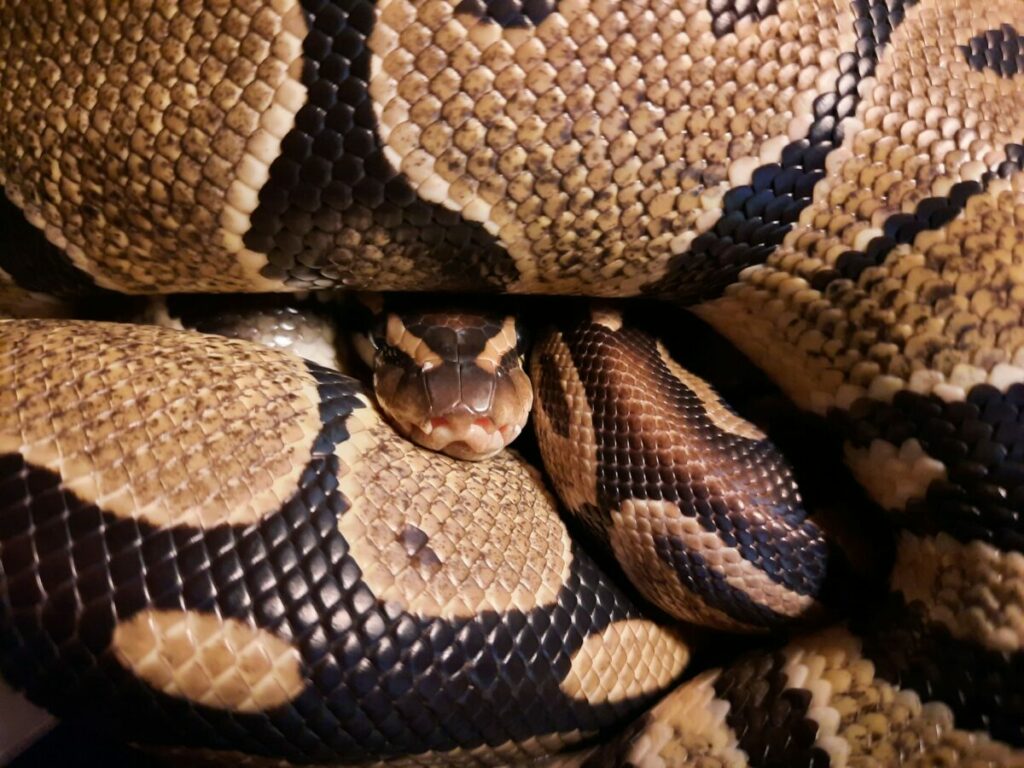
Ball pythons are masterminds at hiding from predators in the wild. They use a variety of defense techniques to protect themselves and safeguard against potential dangers. Understanding these behaviors is crucial for pet owners, as it can help anticipate and prevent potential risks.
One of the most well-known protections is the balling behavior. When threatened or scared, ball pythons curl themselves into a tight ball, tucking their head and neck in the center. This posture serves two purposes: it protects their most vulnerable areas and makes them look less like a serpent, deterring predators who might mistake them for something else. It’s a remarkable sight to behold and an impressive defensive strategy developed by these gentle creatures over time.
The ability to camouflage is another fascinating defense mechanism used by ball pythons. Their coloration and pattern help them blend seamlessly with their environment, making it difficult for predators to spot them. This defensive technique not only aids in avoiding potential threats but also allows them to slip away from danger unnoticed.
Additionally, when feeling cornered or threatened, they will attempt to escape, using their agility to quickly navigate through their surroundings to find safety. This instinctual behavior is an example of how ball pythons rely on their natural instincts to protect themselves from harm.
It’s important to note that bluffing displays are common defensive tactics employed by ball pythons. They may hiss loudly, puff up their body, or flatten their head to appear larger when feeling threatened. While these displays can be intimidating, it’s crucial for pet owners to recognize these signs and act accordingly to avoid escalating the situation further.
Understanding these defense mechanisms not only gives us insight into the fascinating world of ball pythons but also enables pet owners to create a safe and secure environment for these remarkable reptiles. By respecting their natural behaviors and providing a calm and stress-free habitat, we can ensure that our pet ball pythons thrive under our care.
These incredible defense mechanisms shed light on the adaptability and resilience of ball pythons in navigating threats. Now, let’s delve into the physical attributes that contribute to their reputation—and fearsome bite power.
See Related: Are Banana Ball Pythons Poisonous as Pets? Facts and Care Guide
Size and Bite Power: Just How Dangerous Can it Be?
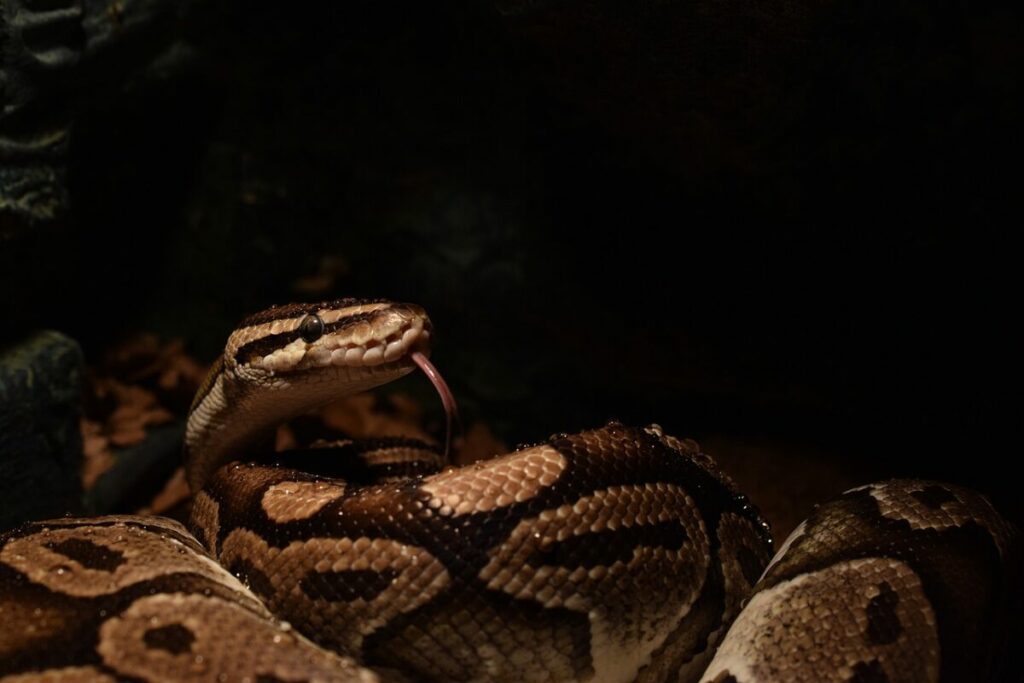
One of the most common questions about ball pythons revolves around their size and bite force. While they are relatively small compared to other python species, their potential threat cannot be determined by size alone. Therefore, let’s take a closer look at their physical characteristics and how it relates to their bite power.
The average length of an adult ball python ranges from 3 to 5 feet, making them one of the smaller members in the python family. Despite this compact size, it’s important to note that their bite is not venomous or life-threatening. However, it can be uncomfortable due to the presence of numerous small needle-like teeth. This anatomical feature helps them grab their prey as they begin to constrict. With proper handling and care, the risk of getting bitten by a ball python can be effectively minimized.
In terms of bite power, it’s essential to mention that ball pythons do not possess a powerful bite force when compared to other snakes. Their bite force ranges from 20 to 30 pounds per square inch (psi), which is significantly lower than larger snake species. As a result, while a bite from a ball python might be uncomfortable due to their teeth, it is not capable of inflicting severe damage or injury.
For example, larger species such as Boa Constrictors or Burmese Pythons have a much greater bite force that enables them to immobilize larger prey and defend themselves more effectively. Additionally, incidents involving ball python bites are typically minimal and display low severity in comparison to bites from more substantial snake species.
Understanding the physical capabilities and limitations of ball pythons is crucial for responsible ownership and handling. Now let’s move on to discussing recommended handling techniques to minimize the risk of bites and tips for safely interacting with ball pythons.
The Right Way to Handle a Ball Python
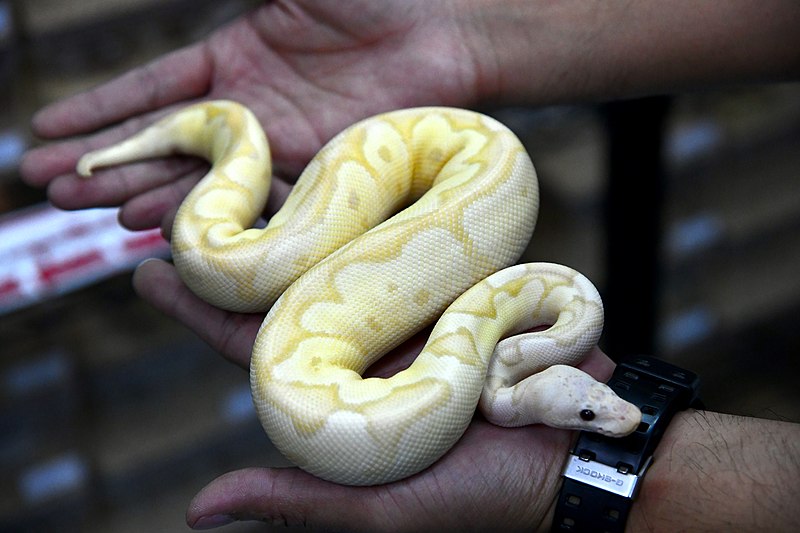
When handling ball pythons, it’s crucial to approach them with calmness and confidence. Whether you’re new to handling snakes or have experience, always remember that gentle and steady movements are the key to building trust between you and your pet python.
Supporting their body is crucial in facilitating a secure grip for the snake as well as helping them feel comfortable. Imagine holding a delicate glass ornament – you’d be careful, move slowly, and provide a secure base. The same principle applies here. Additionally, sudden movements can startle them, triggering defensive behaviors, so it’s best to keep things calm and gradual.
Regular interaction plays a significant role in helping your ball python acclimate to human touch. When they are used to being held from a young age, they tend to be more relaxed and less likely to exhibit defensive behaviors like biting when handled.
Just like getting used to anything new, regular gentle handling helps ball pythons become accustomed to human contact. Think of it as meeting someone new – at first, you might be nervous, but over time, you become more comfortable and relaxed around them.
To ensure a positive and safe handling experience for both you and the snake:
- Approach the python calmly and smoothly.
- Support their body with gentle confidence.
- Avoid sudden or jerky movements.
- Start handling them from a young age to help them become accustomed to human interaction.
Remember, by handling your ball python correctly, you not only build trust but also reduce the risk of defensive behaviors like biting. This creates an environment where both you and your pet can enjoy each other’s company safely.
By mastering the art of handling ball pythons, you lay the foundation for a harmonious relationship with your scaly companion. Now, let’s explore whether ball pythons are suitable pets for everyone.
Assessing Pet Suitability: Are Ball Pythons for Everyone?
When it comes to pets, everyone has their own preferences and abilities, but not all animals will fit every owner’s lifestyle. It’s crucial to evaluate whether you are equipped to give your pet the care and environment it needs. Ball pythons have specific requirements that need to be met in order for them to thrive in captivity. So, let’s explore some key factors to consider when deciding if a ball python is the right pet for you.
Feeding and Handling Needs
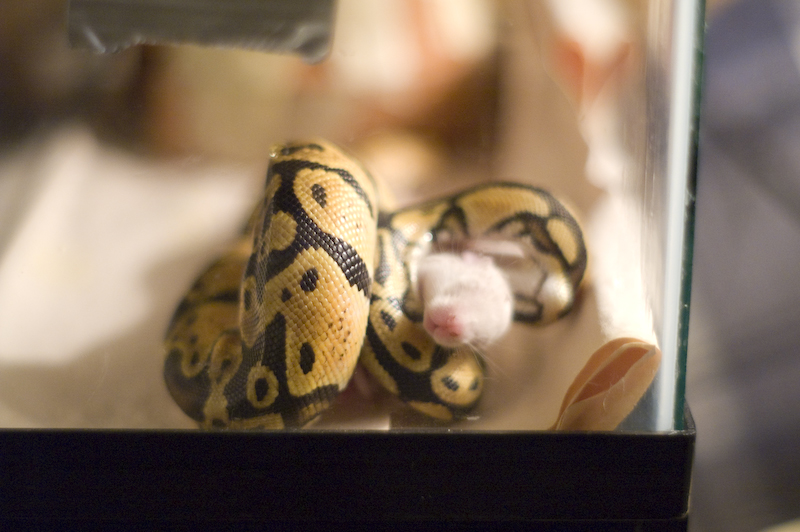
Understanding the feeding habits and behavior of ball pythons is essential. They usually feed once a week and require a diet of rodents, such as mice or rats. Additionally, ball pythons may necessitate handling needs due to their relatively calm nature. They generally prefer to be handled gently and with care, which means regular handling is important for them to become accustomed to human presence.
Enclosure and Environmental Requirements
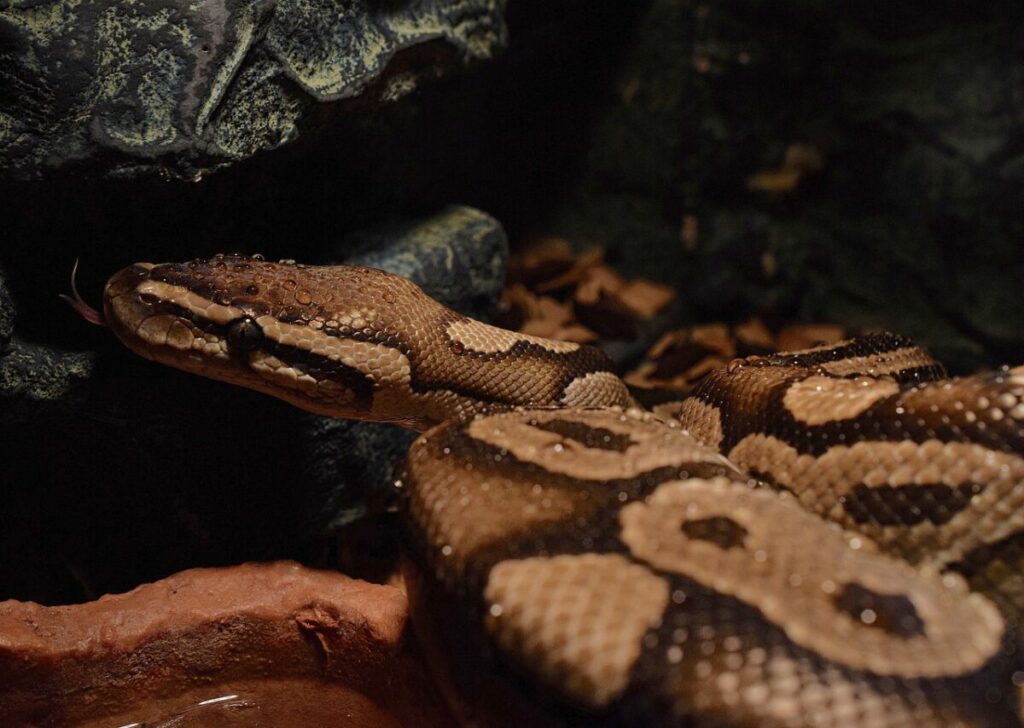
When considering a ball python as a pet, it’s important to remember that they have specific environmental requirements. This includes maintaining appropriate temperature and humidity levels within their enclosure. The enclosure should also have adequate space and hiding spots to ensure their comfort and safety.
As an analogy, just like how you wouldn’t want to live in a place that’s too hot or too cold without any privacy, ball pythons also require a suitable living environment.
Committed to Learning
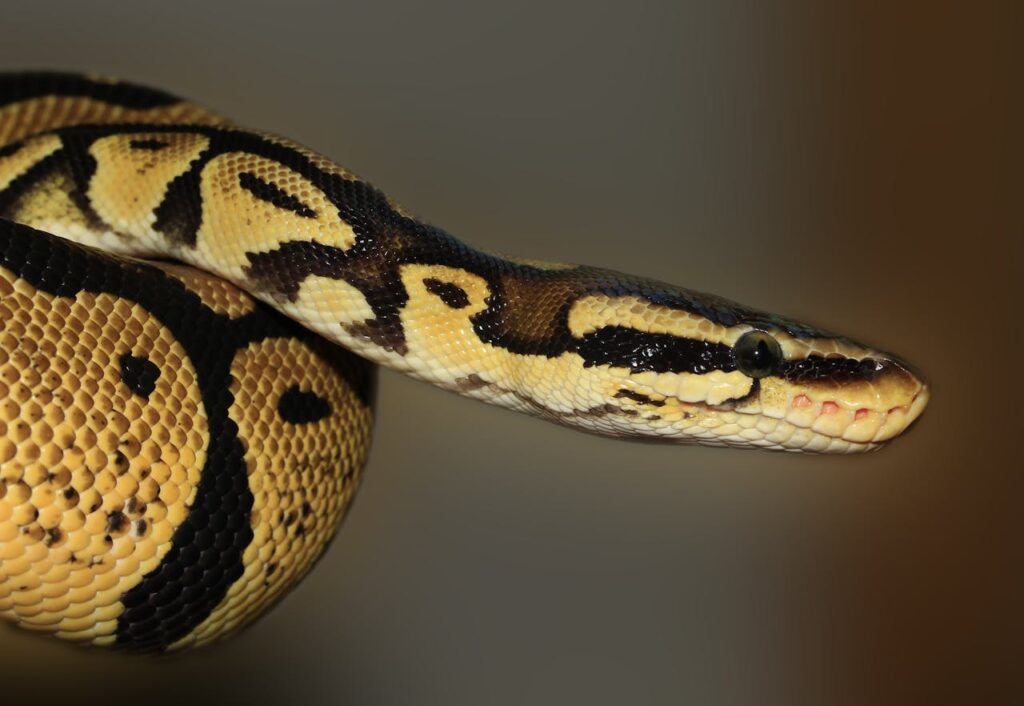
Pet owners who are considering getting a ball python should be committed to learning about their care needs. This involves staying informed about handling techniques, feeding schedules, health issues, and creating an ideal habitat. Additionally, having the willingness to adapt and make necessary changes based on new information is crucial for providing proper care.
It’s important to understand that pet ownership requires commitment, patience, and continuous education—qualities that are particularly vital if you’re considering a unique pet like a ball python.
Understanding the distinct needs of a ball python is essential when deciding if they are well-suited for your lifestyle and capabilities. Let’s now explore why it’s essential for potential owners to commit to providing the specialized care that these fascinating creatures deserve.
Caring for a Ball Python: What Potential Keepers Should Know
Taking care of a ball python might seem daunting at first, but with the right knowledge and approach, it can be a rewarding experience. These unique creatures have specific needs that you should understand before bringing one into your home. Let’s break down what you need to know:
Dietary Needs
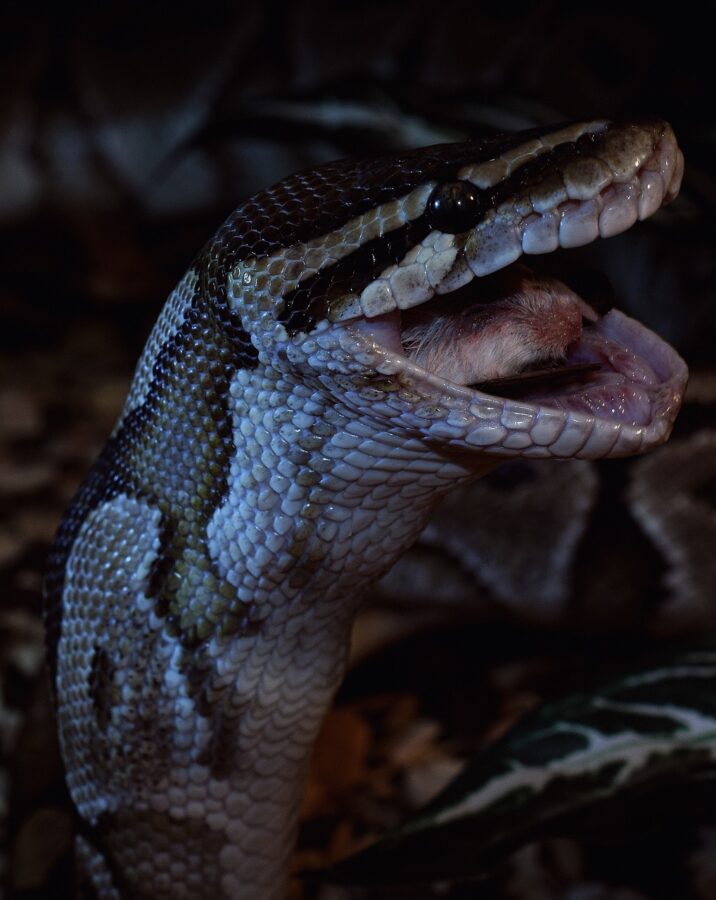
Ball pythons primarily eat rodents, such as mice and rats. It’s important to ensure the size of the prey matches the girth of the snake. Feeding them prey that’s too large can lead to regurgitation or other health issues. Remember, feeding frequency changes with age; young pythons may need to eat every 5-7 days while adults can be fed every 7-10 days.
Suitable Habitat
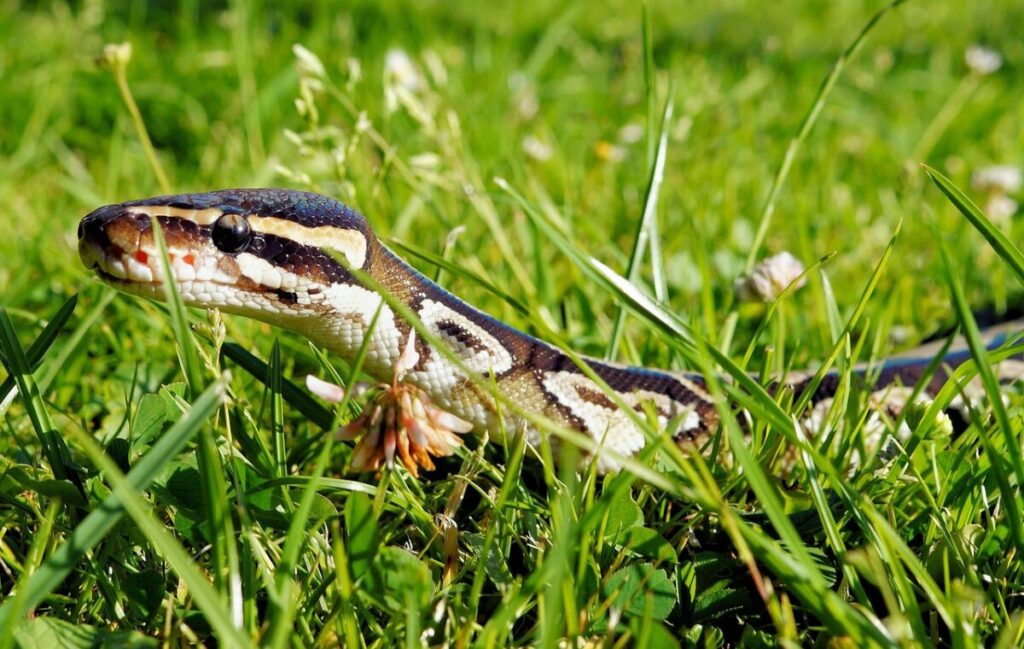
Creating an ideal environment for your ball python is crucial. This includes providing a secured enclosure with proper heating, lighting, and humidity levels. A temperature gradient within the habitat is essential so that your snake has options to regulate their body temperature according to its needs.
Maintaining moderate humidity is also key for shedding—this allows them to shed their skin completely without any issues. Regularly check the humidity level in the enclosure using a hygrometer and provide a humid hide to further aid shedding.
Providing Hiding Spaces
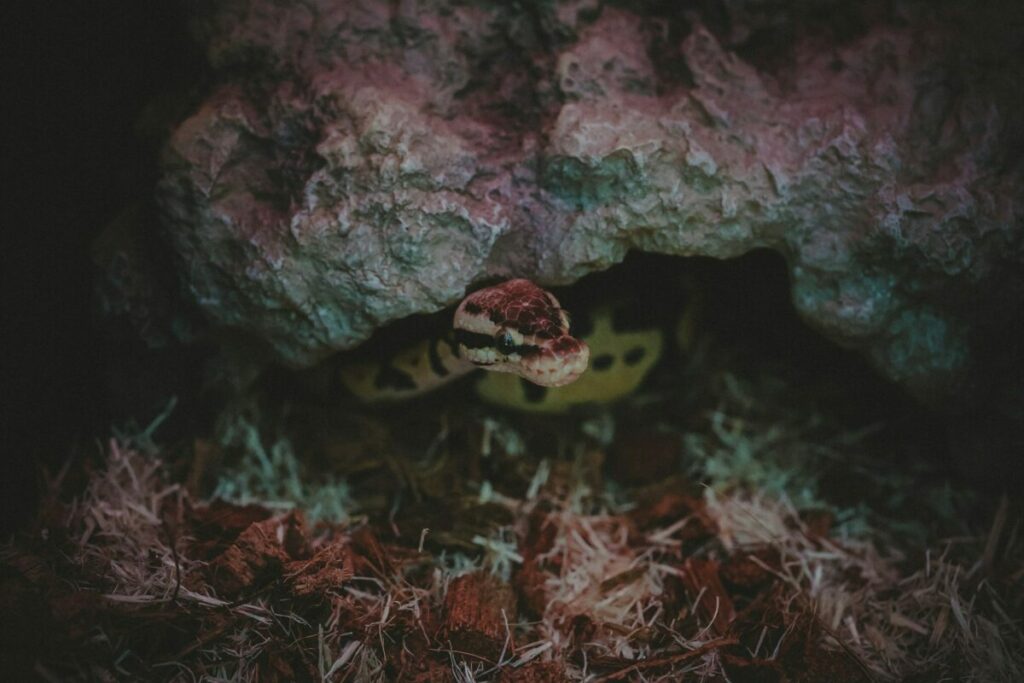
Ball pythons are shy creatures and like having places where they can retreat and feel secure. Ensure there are hiding spots in their enclosure; these can be naturalistic hide boxes or commercial reptile hides. Having these hiding spaces reduces stress and helps your pet feel safe in its habitat.
Handling Appropriately
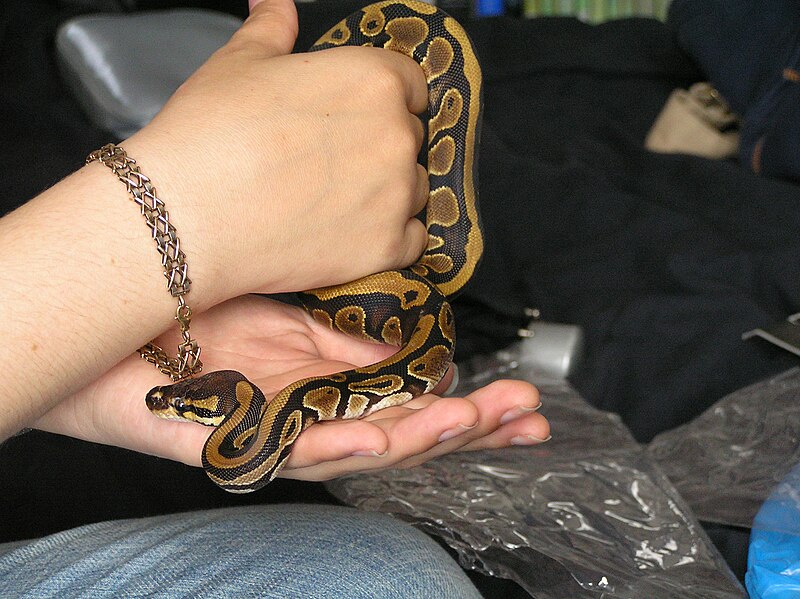
When it comes to handling ball pythons, it’s important to be gentle and minimize stress. Always support their body when holding them and avoid sudden movements that might startle them. Regular handling can help your snake become more comfortable with human interaction over time.
For comprehensive guidance on pet care and handling, consider visiting our website Interesting Animals to access detailed care guides for ball pythons.
Caring for a ball python involves attention to detail and understanding of their unique needs. By providing the right diet, suitable habitat, hiding spaces, and gentle handling, you can create a positive and safe experience for both you and your beloved pet ball python.
Successfully caring for a ball python is not only achievable but also an immensely rewarding journey. By meeting their specific needs with diligence and care, you can foster a thriving and fulfilling companionship with these incredible creatures.